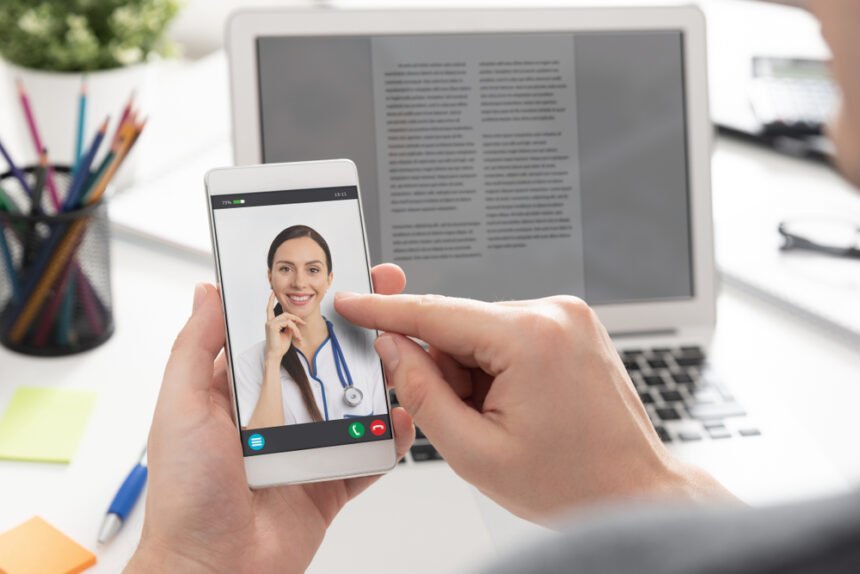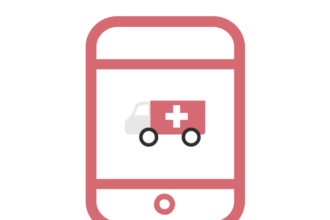Telehealth is quickly becoming one of the biggest trends within the health and wellness industry. From wearables to virtual doctors’ visits, patients everywhere are relying on technology and online capabilities to heal from injuries, find treatment options and manage chronic illnesses. With so many switching to virtual healthcare, it’s no surprise that the telehealth market will likely be worth $55.6 billion within the next five years. Much of its success and widespread adoption is due to recent advances.
1. Teleparamedicine
Emergency responders are on the front lines of saving lives. Now, they’re able to diagnose and save even more people with the help of teleparamedicine. This emergency division of telehealth lets paramedics assess victims sooner and consult physicians in real time to determine the best course of action. In a crisis situation, teleparamedicine can be the difference between life, death and permanent disability. Moreover, it may alleviate paramedic burnout by allowing responders a break from non-emergency calls and false alarms.
2. Remote Patient Monitoring
Hospital readmissions are necessary and unavoidable at times, especially in emergencies. However, clinicians may now be able to reduce needless hospitalizations and readmissions with remote patient monitoring. By sending patients home with wearable tools, physicians are able to monitor metrics like blood pressure, weight, oxygen saturation and other vitals. Additionally, they can observe surgical incisions and the healing process with video and photos. Thus, remote monitoring saves time, avoids confusion and frees up hospital beds for those who need them.
3. Online Addiction Treatment
Many counsellors, therapists, and psychiatrists also commonly use telehealth to supplement in-person treatments and therapy sessions. While some rely on texts and phone calls to connect with patients, others use video chats for individual and group therapy sessions. Centers that offer addiction treatment are also offering online programs to help those in isolation and remote areas. Through advancements in telehealth, they’re able to help those who would otherwise be unable or unwilling to attend in-person sessions.
4. Artificial Intelligence
Artificial is also gaining popularity within the health sector as providers learn to accept and use it. Already, hospitals and clinics rely on AI to process and analyze large amounts of data and communicate findings to humans. For instance, many health and wellness websites use chatbots to gather symptoms from patients, provide resources to clients, schedule appointments and quickly relay information to doctors. These bots allow clinicians to make faster, more accurate diagnoses, predict outcomes and craft better treatment plans.
5. Tighter Cybersecurity
Healthcare networks are prime targets for cybercriminals, especially as hospitals are storing more and more information in online databases. In fact, there has been a recent increase in cybersecurity attacks as telehealth has grown in popularity during the COVID-19 pandemic. To combat these attacks, the industry is encrypting data and working to satisfy state and federal privacy regulations. Moreover, many platforms can now retain and store data even after a breach in cybersecurity.
6. Consolidation
Business costs, stringent regulations and a number of other factors are making it difficult for specialists and small business professionals to be successful on their own. In order to stay afloat, many are making alliances with telehealth companies. This consolidation allows large telemedicine operations the chance to offer specialized services and help keep smaller operations in business. Thus, small, failing businesses will receive a second lease on life and telehealth will become more widespread, making consolidation a win-win.
7. Insurance Support
As telehealth grows in popularity and becomes more common, more insurance companies are stepping up to cover virtual and remote care. For instance, Medicare and 23 state Medicaid programs now cover remote patient monitoring within their telehealth coverage policies. Medicare is even expanding remote monitoring coverage from only patients with chronic illnesses to those with COVID-19 as well. Numerous private insurance comapnies have also embraced remote monitoring by covering the service and reimbursing it generously.
8. Assisting Vulnerable Populations
Millennials heavily rely upon telehealth to meet a variety of needs. However, they aren’t the only ones depending on these technological advancements. Chronically ill seniors and even premature babies can benefit from telehealth services. These patients make up a vulnerable population that may not be able to get to a hospital or doctor’s office, especially in an emergency situation. Now, these vulnerable populations can speak to a professional from the comfort of their own home.
A New Decade of Telehealth
Thanks to the pandemic, more people have become aware of online medical resources and telehealth offerings than ever before. Now, many patients’ first course of action is to text, call or video chat online with a doctor, paramedic or specialist. This trend will only grow in popularity as the world continues to its shift to all things digital. Thus, the newest advancements signal a new decade in the telehealth industry — one that will likely be a turning point for physicians everywhere.








